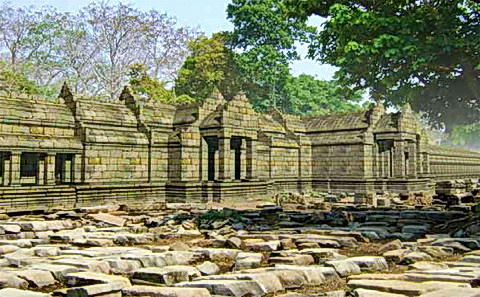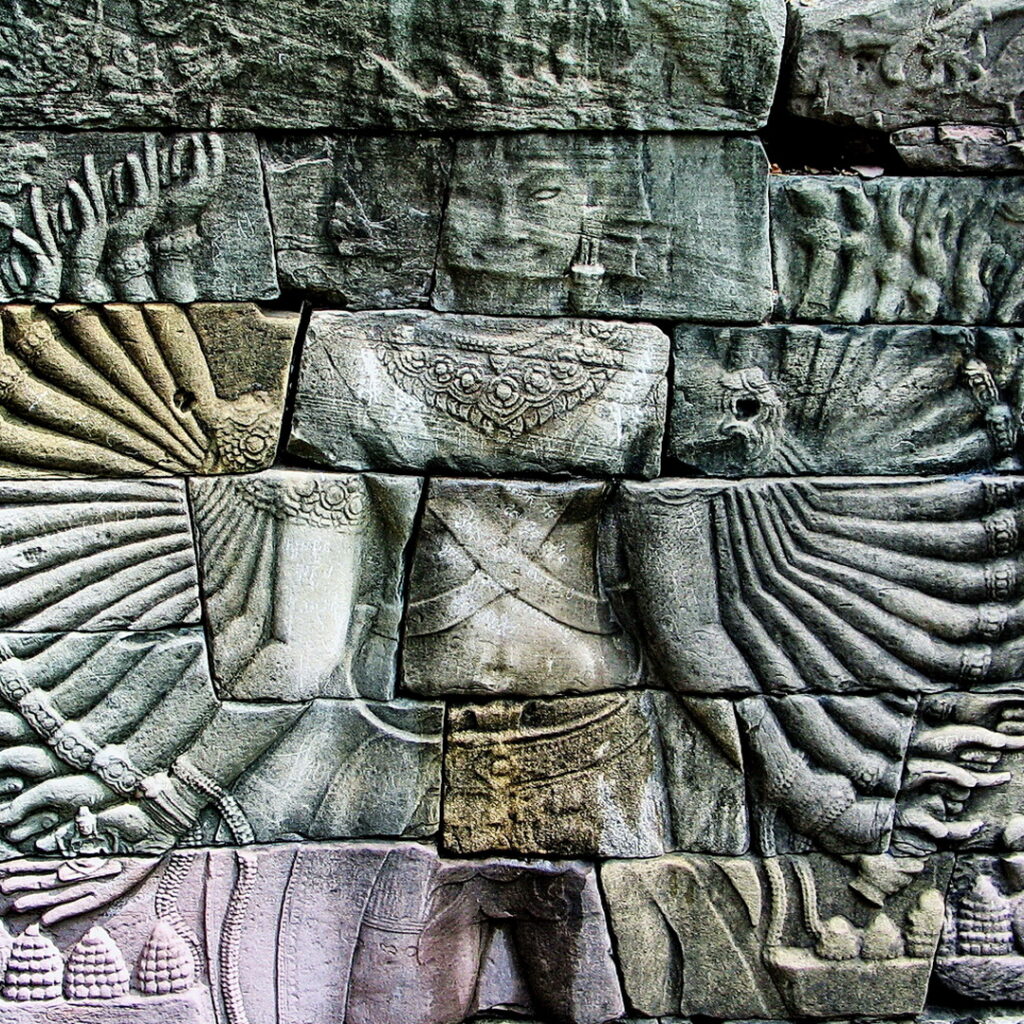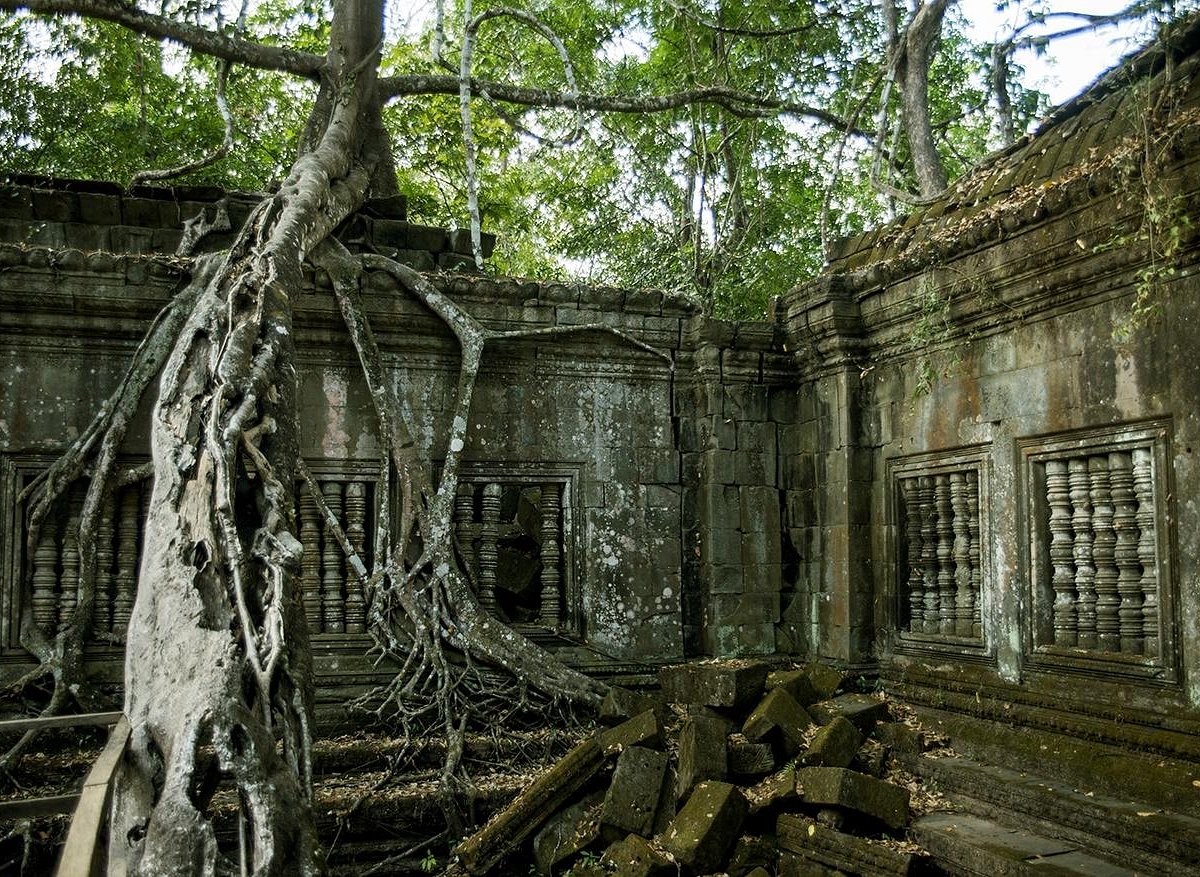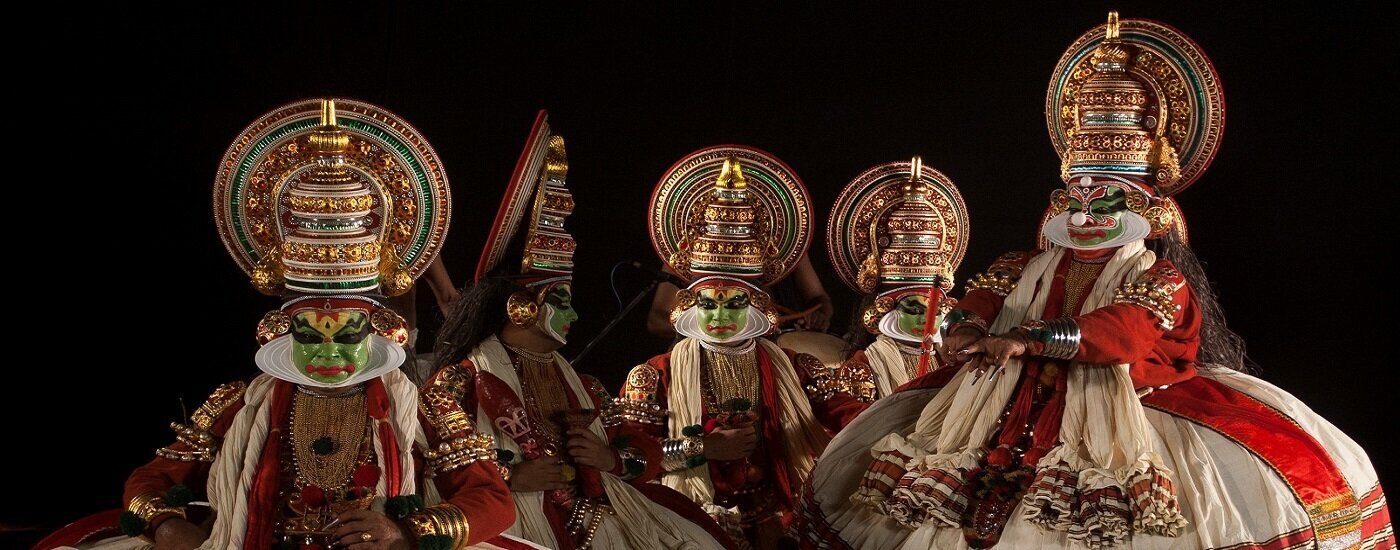Banteay Chhmar Temple in Cambodia
Banteay Chhmar Temple is one of Cambodia’s most important and least understood temples from the Angkorian period. The temple complex, its moat, baray (reservoir) and surrounding unspoilt environment comprises a unique archaeological site and a vital link in Cambodia’s cultural heritage. For these reasons, it is now one of Cambodia’s top priorities for inscription as a UNESCO World Heritage site. Its remoteness from Angkor Wat, in part, explains the lack of in-depth documentation and study of the temple. The Ministry of Culture & Fine Arts (MCFA) is responsible for overseeing the temple complex.

Banteay Chhmar is the 4th largest temple dating from the Angkorian period after Preah Khan (in Kampong Svay), Angkor Thom and Angkor Wat being the largest temple. There are nine satellite temples as part of the temple complex. In addition, Banteay Torp, another intriguing temple well-worth seeing is about 12 kilometers south of the main temple.

Though there is no recorded or written name for the temple, scholars generally believe that the name Banteay Chhmar probably meant “The Small Citadel” or “Narrow Fortress” (a Khmer word possibly, chhmarl or chmarl meaning small, tiny or narrow). At some point, probably through oral transformation, the name became chhmar (cat). Therefore, nowadays, the temple is commonly called the “Citadel of the Cat.” These references and the oral transformation are not very clearly understood and need more documentation and research.



